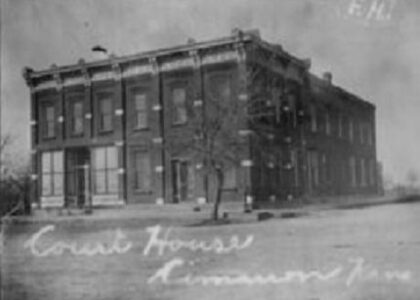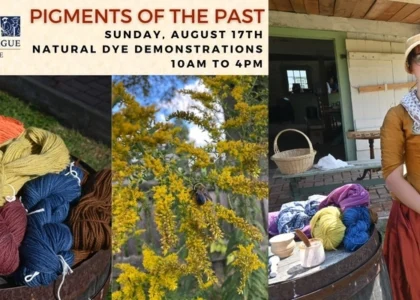Welcome to White Bird Canyon, the site of the first battle of the Nez Perce War, a pivotal moment in American history. As you explore this hallowed ground, imagine the sounds and sights of June 17, 1877, when the Nez Perce warriors engaged the U.S. Army in a fierce conflict that would set the stage for a five-month struggle. This canyon, with its rugged beauty and strategic significance, was the backdrop for a battle that showcased the Nez Perce’s tactical brilliance and their deep connection to the land.
The story begins in the late 19th century, a time when the U.S. government was aggressively pursuing westward expansion. The Nez Perce, a proud and resilient indigenous people, had long thrived in the Pacific Northwest. However, pressures to cede their ancestral lands increased, leading to rising tensions. In 1877, these tensions boiled over when the U.S. government demanded that the Nez Perce relocate to a reservation—a move that was met with resistance.
Chief Joseph, a prominent leader of the Nez Perce, alongside other chiefs like Looking Glass, White Bird, and Toohoolhoolzote, reluctantly prepared for the inevitable conflict. On that fateful June day, approximately 70 Nez Perce warriors faced off against a much larger contingent of 106 soldiers under the command of Captain David Perry. The Nez Perce, utilizing their intimate knowledge of the terrain, executed a series of ambushes and maneuvers that left the U.S. forces in disarray.
The Battle of White Bird Canyon was a decisive victory for the Nez Perce. They suffered no casualties, while the U.S. Army incurred heavy losses. This victory was not just a military triumph but also a powerful statement of resistance against the encroachment on their lands. It marked the beginning of the Nez Perce’s extraordinary journey—a 1,170-mile fighting retreat across the Rocky Mountains that would become legendary for its strategic brilliance and the Nez Perce’s determination to preserve their way of life.
As you stand here today, consider the legacy of White Bird Canyon. It serves as a poignant reminder of the complex and often painful history of indigenous peoples in the United States. The courage and resilience displayed by the Nez Perce continue to inspire and inform discussions about rights, identity, and justice. Today, this site is not only a place of reflection but also a symbol of the enduring spirit of the Nez Perce people.
White Bird Canyon’s story doesn’t end with the battle. Over the years, it has become a site of historical and cultural significance, drawing visitors who seek to understand the past and its impact on the present. The canyon’s natural beauty and historical weight make it a compelling destination for those interested in the stories that shape our world.





